51
Tropical Fruit Discussion / Re: Heat Tolerance of Achachairu and mangosteen
« on: May 24, 2019, 11:45:05 AM »I have two garcinia seedlings (~10in tall) in my greenhouse, with no shade. My temp sensors read ~110F whenever it is bright and sunny outside. They look happy, but I've only had them a month or two.
I'm not sure if northern greenhouse temps are meaningful compared to outside temps in hot climates.
I ran across a very interesting study that shows the achachairu seedlings, and perhaps the mangosteen too will really thrive and grow fastest with 50% sunshine shade. Full sunlight freezes their growth.
http://www.scielo.br/scielo.php?pid=S1983-40632018000400407&script=sci_arttext
ABSTRACT
The successful establishment of a Garcinia humilis orchard depends on planting high-quality seedlings. This study aimed to evaluate the effects of the shading level (0 %, 18 % and 50 %) and substrate composition on the formation of G. humilis seedlings. Four substrates (S) were evaluated combining different proportions (v:v) of soil (SO), cattle manure (CM), commercial substrate (CS), sand (SA) and fine grain vermiculite (FV): S1 = 0 % SO + 45 % CM + 20 % CS + 20 % SA + 15 % FV; S2 = 15 % SO + 30 % CM + 20 % CS + 20 % SA + 15 % FV; S3 = 30 % SO + 15 % CM + 20 % CS + 20 % SA + 15 % FV; S4 = 45 % SO + 0 % CM + 20 % CS + 20 % SA + 15 % FV. The experiment was conducted in a completely randomized design in each environment, being the environments compared by a joint analysis. The G. humilis seedlings with the highest quality were obtained in the environment with a 50 % shading screen. G. humilis seedlings do not grow when exposed to full sunlight and, therefore, the seedling production of this species with direct solar radiation, without some shading level, should not be recommended. Different combinations from the mixture of soil, cattle manure, commercial substrate, sand and fine grain vermiculite may be used in the formulation of substrates for G. humilis seedlings.




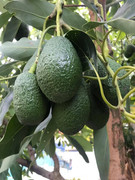



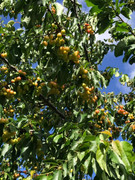
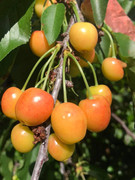
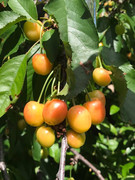
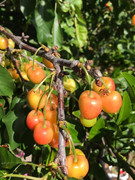
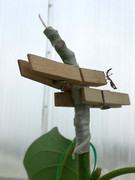

 What's your secret???
What's your secret???